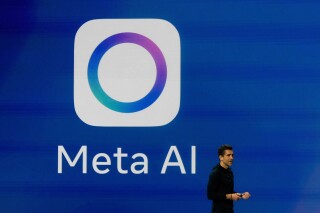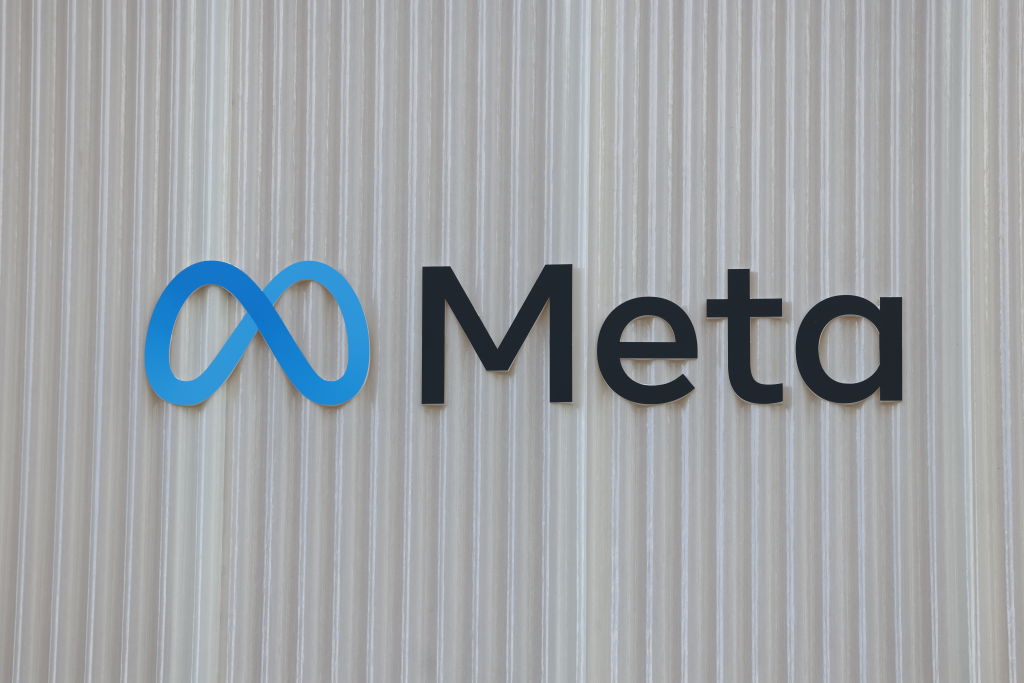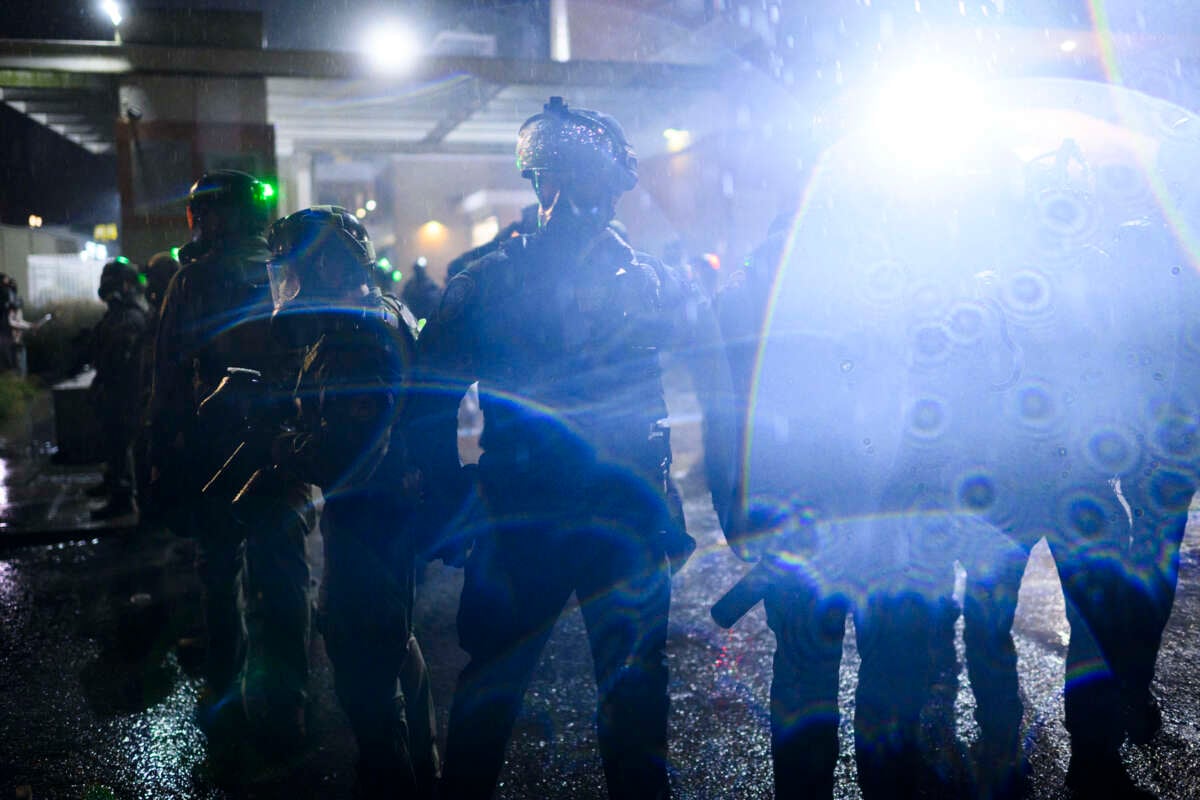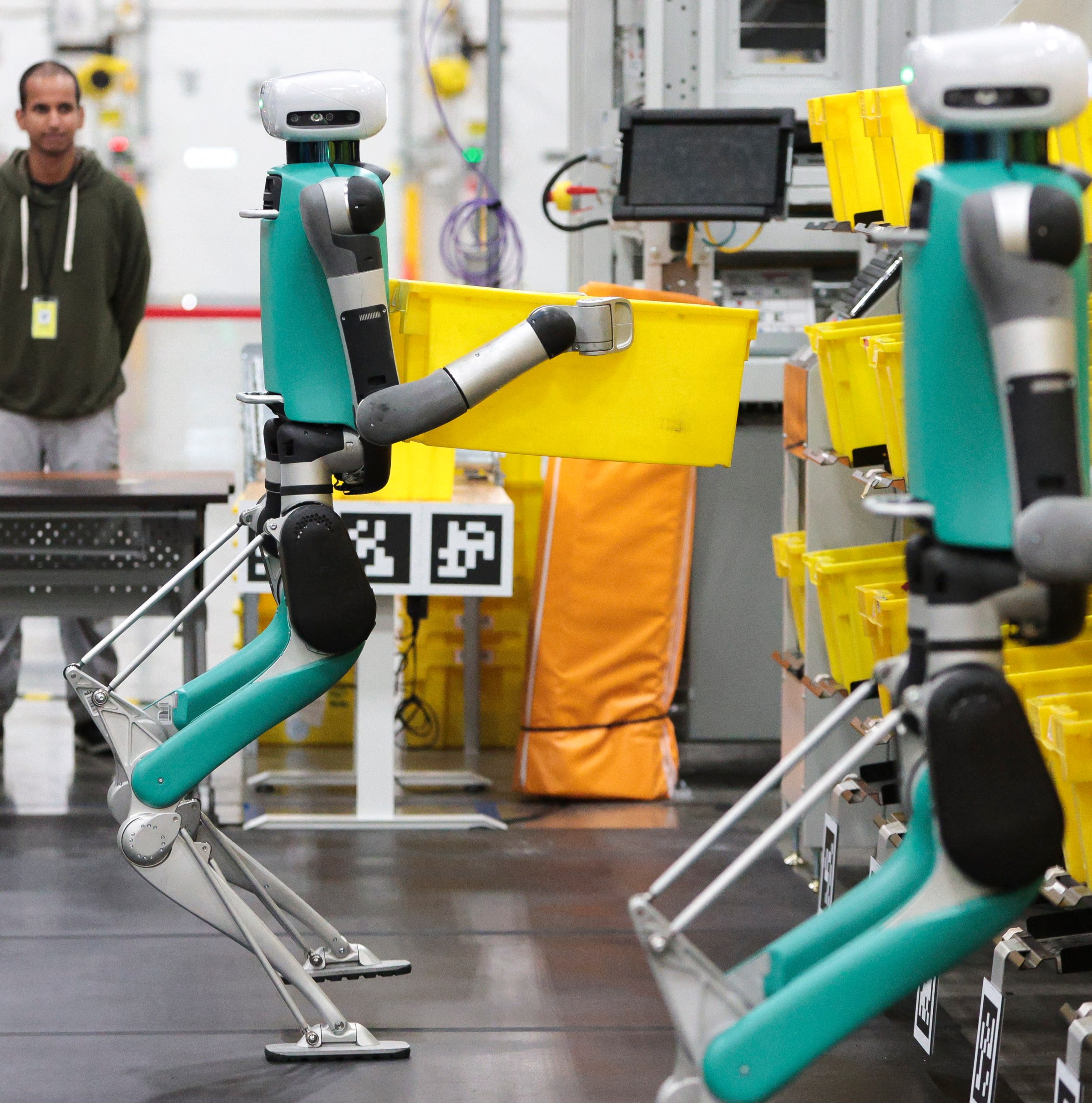
Meta's 600 AI Job Cuts: The Ghost Kitchen Arrives at the AI Feast
Meta just fired 600 AI engineers while doubling down on expensive hires - a clear sign the AI gold rush is entering its sobering second act
The AI party isn’t over, but someone just turned on the lights. In a move that reveals more about the state of artificial intelligence than any product announcement could, Meta just laid off 600 employees from its AI division while simultaneously continuing to hire for its “superintelligence” initiatives. This isn’t just corporate restructuring, it’s the tech industry’s version of keeping the champagne but firing the kitchen staff.
The Strategic Bloodbath: Who Got Cut and Why
According to internal memos obtained by CNBC ↗ and The New York Times ↗, the cuts specifically targeted Meta’s Fundamental Artificial Intelligence Research (FAIR) unit, AI infrastructure teams, and product-focused positions. The timing is strategic, November 21 termination dates conveniently clear the books before year-end performance reviews and bonus cycles.

What makes this particularly notable isn’t just the numbers, but the surgical precision: the company’s newer “TBD Labs” unit, home to the expensive external hires Meta has been poaching from competitors, was completely spared. Chief AI Officer Alexandr Wang’s memo emphasized that “fewer conversations will be required to make a decision” post-layoffs, essentially admitting that Meta’s AI division had become what internal sources called “bloated” with teams “vying for computing resources.”
The severance package, 16 weeks plus two weeks per year of service, is generous enough to avoid complete outrage, but the message is clear: Meta is betting on its expensive new toys over legacy talent.
Zuckerberg’s $14.3 Billion Bet and the “Caste System” It Created
The layoffs come just months after Mark Zuckerberg’s $14.3 billion investment in Scale AI ↗ and the creation of Meta Superintelligence Labs. This unit, now at just under 3,000 employees after the cuts, represents Zuckerberg’s frustration with Meta’s previous AI progress, particularly after the “lukewarm response” to Llama 4 models in April.
The resulting dynamic within Meta creates what amounts to an AI caste system. On one side: the new hires from OpenAI, Google, and Microsoft who’ve received compensation packages “numbering well into the hundreds of millions of dollars” according to The New York Times ↗. On the other: the legacy FAIR researchers who built Meta’s open-source AI foundation now being shown the door.
This isn’t just restructuring, it’s Zuckerberg effectively admitting that his homegrown AI talent couldn’t keep pace with the competition, forcing him to pay billionaire-level compensation to poach established stars.
The Bigger Picture: AI’s Financial Reality Check
Meta’s cuts arrive as warnings about an AI bubble grow louder. The International Monetary Fund ↗, Bank of England, and even OpenAI CEO Sam Altman have expressed concerns about inflated valuations. The numbers support their anxiety: Morgan Stanley projects AI data centers will accumulate $1.5 trillion in debt by 2028 ↗, while OpenAI reportedly needs to reach $125 billion in revenue just to break even, a target not expected until 2029.
As one analyst noted on developer forums, this feels like 2000’s dot-com reckoning, where the “Burning Up” Barron’s article identified 51 internet companies likely to run out of cash within a year. The parallel circular financing deals are particularly alarming: Nvidia investing $100 billion in OpenAI to buy Nvidia chips, Microsoft (providing 20% of Nvidia’s revenue) being OpenAI’s largest investor, and CoreWeave using GPUs as collateral to buy more GPUs.

The FAIR Legacy Versus the “Superintelligence” Dream
Meta’s FAIR unit represented the company’s original vision for AI: open-source, academically-minded research that could benefit the broader community. While strategically smart for recruiting and PR, this approach may have ultimately left Meta behind in the commercial AI race against more focused competitors.
The fundamental tension became apparent, FAIR researchers pursuing academic breakthroughs while product teams needed commercially viable features. When Zuckerberg unveiled Superintelligence Labs in June, he essentially declared the old model insufficient for keeping pace with Google and OpenAI.
The new structure gives Wang near-autonomous control over Meta’s most ambitious AI efforts, with FAIR now clearly demoted to a supporting role. The remaining FAIR researchers reportedly “scrambled to join Wang’s team” according to The New York Times sources, suggesting they recognized which way the wind was blowing.
What This Means for the AI Labor Market
Meta’s layoffs signal a broader industry correction. The days of blank-check hiring for anyone with “AI” in their title are ending. Companies are becoming more strategic about which AI investments justify premium compensation versus which ones are now considered commoditized.
The reality is especially stark for affected workers: although many laid-off Meta AI researchers are likely to be swiftly rehired due to the persistent talent shortage, their new offers probably won’t match the compensation packages they once enjoyed. The market is recalibrating—AI skills are still valuable, but not all roles command the same premium as before.

The Economic Irony: Cutting Jobs While Building a “Manhattan-Sized” Data Center
The ultimate irony in Meta’s position comes from their simultaneous austerity and extravagance. While cutting 600 AI jobs, the company just announced a $27 billion deal with Blue Owl Capital ↗ to fund their Hyperion data center in rural Louisiana, a facility Zuckerberg described as large enough to cover a “significant part of the footprint of Manhattan.”
This paradox defines the current AI moment: companies are pouring billions into infrastructure while becoming ruthless about headcount efficiency. The message to remaining employees: be exceptional or be expendable.
The Road Ahead: Efficiency as the New Innovation
Meta’s “year of efficiency” mantra has evolved from cost-cutting to strategic pruning. The company expects 2025 expenses between $114-118 billion, with AI initiatives driving “2026 year-over-year expense growth rate that is above the 2025 expense growth.” Translation: we’re spending more, but we’re spending smarter.
For the broader AI industry, Meta’s move suggests we’re entering phase two of the AI revolution, where execution matters more than potential, and ROI becomes as important as R&D. The days of pure research for research’s sake are giving way to commercially viable applications.
The question now is whether other tech giants will follow Meta’s lead in prioritizing expensive external talent over homegrown researchers. If so, we may see similar restructuring across the industry as the AI gold rush matures into a more disciplined, financially-sustainable ecosystem. The feast isn’t over, but the cleanup crew has arrived.



